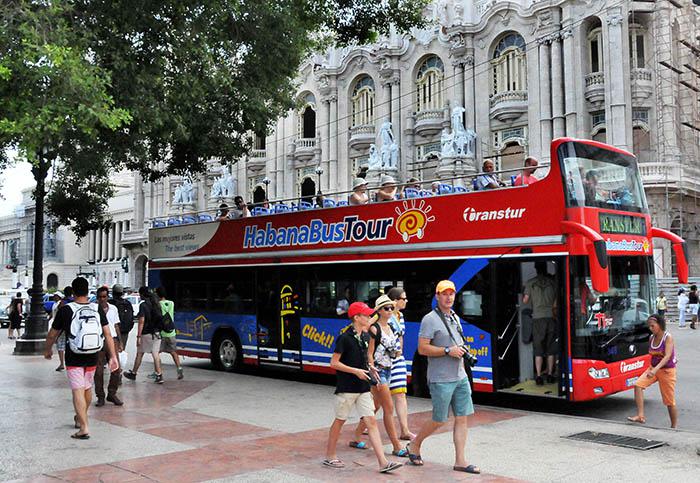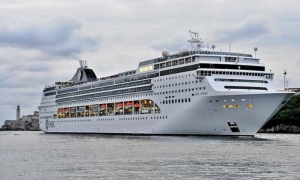
With the arrival of 3,524,779 tourists and 17.4% growth, 2015 saw a record number of international tourists visit Cuba, following the island’s commitment to strengthen this key sector for the development of the economy.
As published by the National Office of Statistics and Information (ONEI) January 25, Canada continues to be the leading source country worldwide of tourists to Cuba, with 1,300,092 visitors to the island in 2015, an increase of 10.6% as compared to 2014.
The report also shows that Canada is followed by Germany, England, France and Italy, in that order, in terms of tourist numbers to the island. Each of these saw rising numbers during 2015, with France recording an increase of 33.8%.
The ONEI report also highlights the increase in tourists from Spain, with 107,368 visitors, representing growth of over 39%.
Contributing to this increase was the return to the market of Spanish airline Iberia, with two weekly flights, together with the seven weekly flights operated by Air Europa and the three weekly Evelop Airlines’ flights, Cuban Tourism Minister Manuel Marrero noted in recent statements to the press.
Other emerging markets with high numbers of tourists to the island were Mexico (a 27.3% increase), Venezuela (20.7%) and Argentina (23.7%).
The ONEI report also notes that 9,922 international tourists arrived to Cuba on cruise ships, up from 8,085 in 2014, representing a growing sector for the island.
The tourism boom of 2015 was achieved despite the fact that U.S. citizens are still prohibited from traveling to the island for tourist purposes. The U.S. represents the main market for tourists to the rest of the Caribbean.
According to José Luis Perelló, economist and professor at the University of Havana’s Faculty of Tourism, the region as a whole receives some 28 million international visitors annually, and just over half come from the United States. However, U.S. tourists have been prohibited from visiting Cuba since 1961.
Despite the ban, experts estimate that some 145,000 U.S. citizens visited the island in 2015, an increase of 79% over that recorded for the previous year, following the restoration of diplomatic relations between the two countries, and broadening of general license travel by the Obama administration.
Cuba today has a capacity of 63,000 hotel rooms, of which almost 70% are located in four and five star facilities, and plans are to continue to invest in this sector in order to add new and improved accommodation and facilities in the coming years. According to estimates, the island will offer over 85,000 rooms by 2020.
In an effort to increase capacity, the country is also promoting partnerships between the state and the private sector, in which there are currently 12,000 private homes providing accommodation and gastronomic services.
Diversifying recreational activities, beyond the sunshine and beach sector, is another of the efforts underway to improve the island’s positioning in the international market, and thereby accelerate the development of tourism, one of the key sources of income for the national economy.







